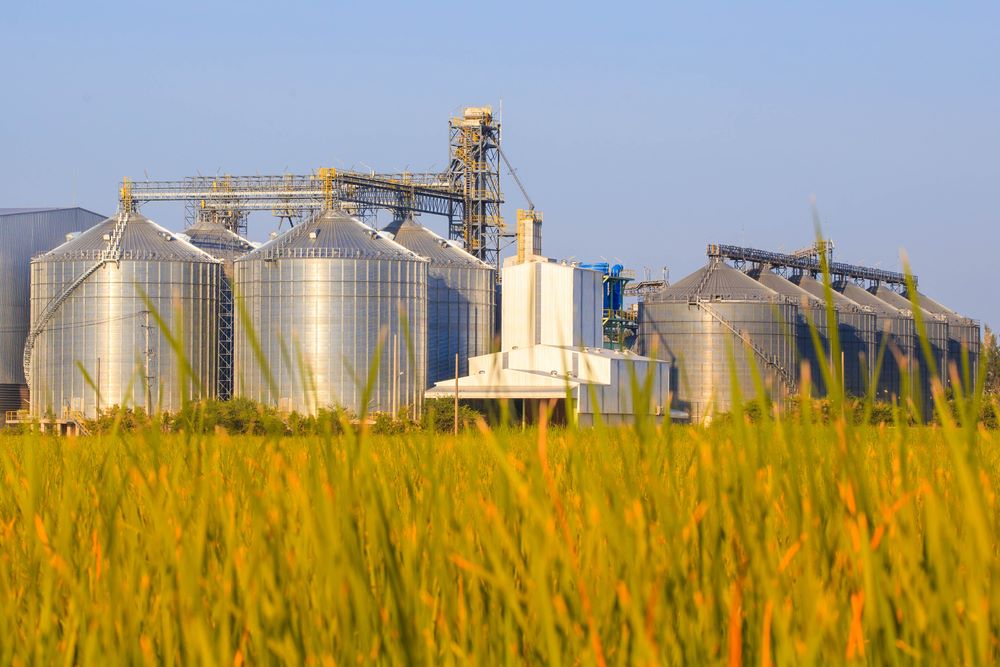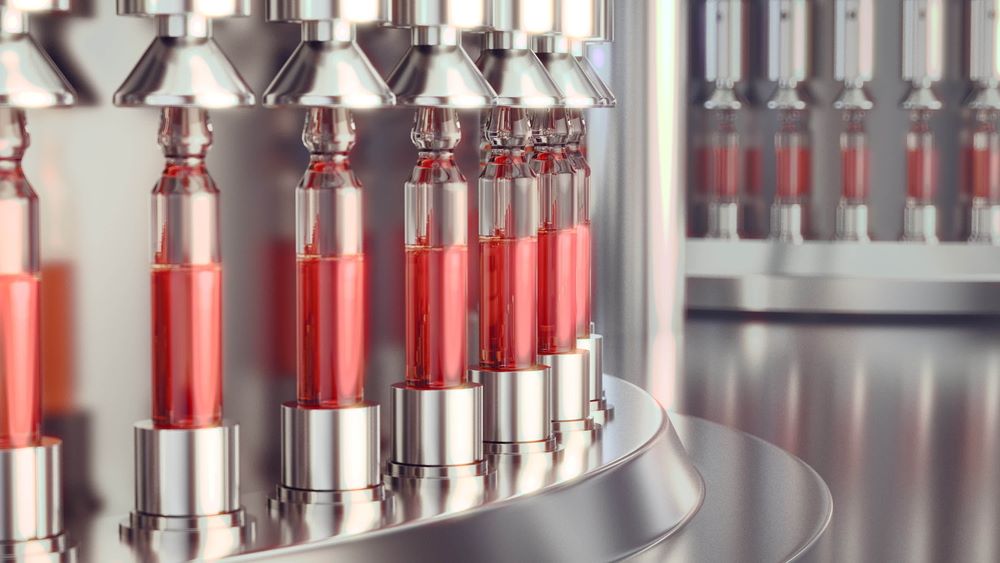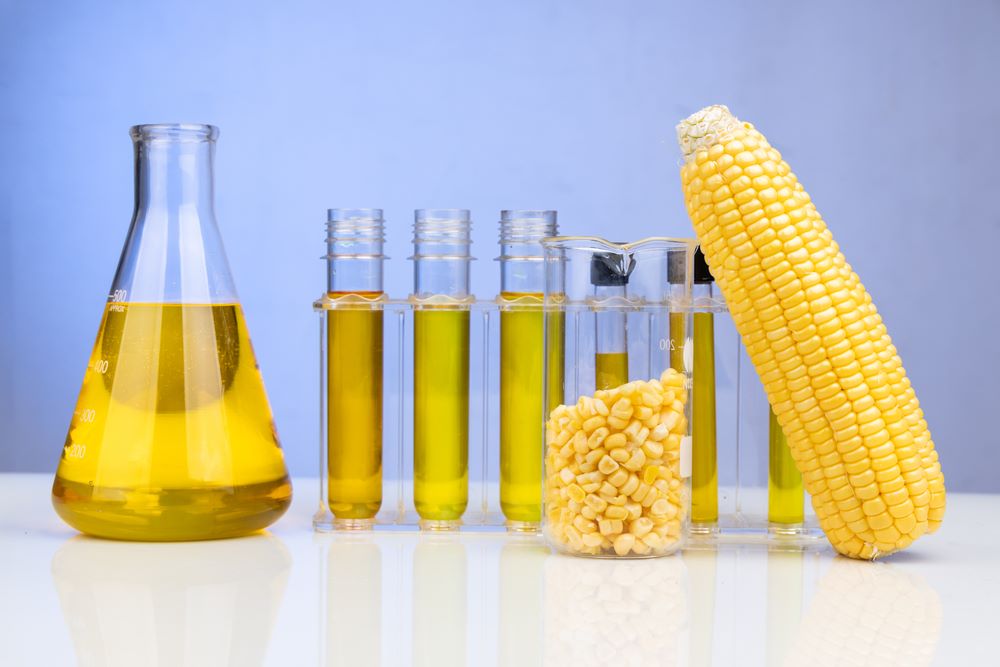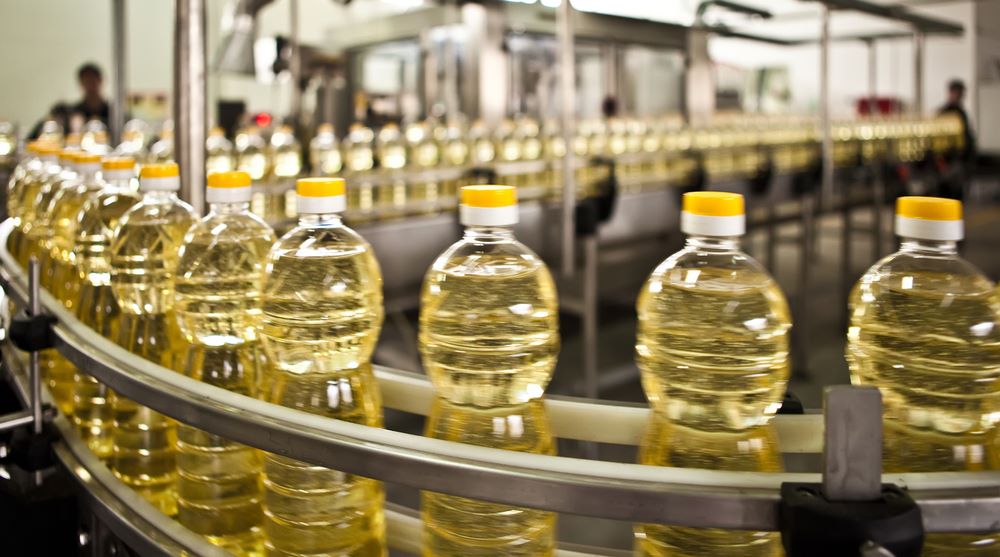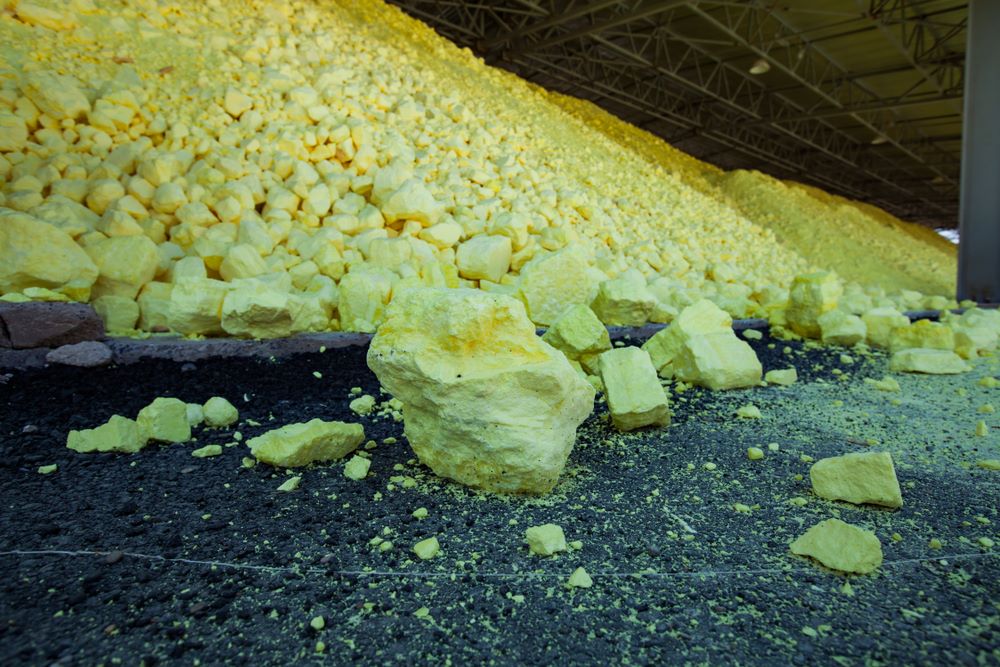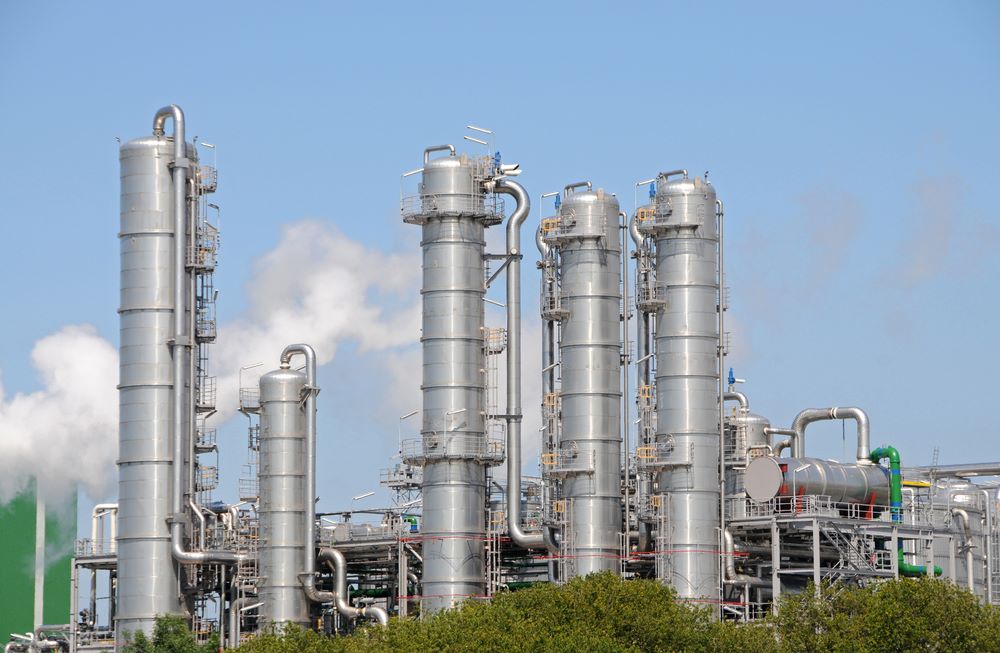The Rice Mill industry relies heavily on steam turbines. Rice mills can improve their energy efficiency and production capacity by using husk-fueled cogeneration systems to meet their thermal and electrical needs. This would not only save money but will also ensure a steady supply of electricity. produce additional cash from the surplus electricity provided by the rice husks. Electricity is created by a steam turbine topping cycle, and the turbine exhaust steam is used for heating purposes.

These precisely developed machines, specifically for rice mill applications, provide the best, most efficient, and most dependable steam supply solution in the whole industry for rice processing at advanced stages. Turtle Turbines pioneered the engineering behind dependable power generation as well as the provision of steam for process, giving the best available solutions to the plant’s diverse needs.


